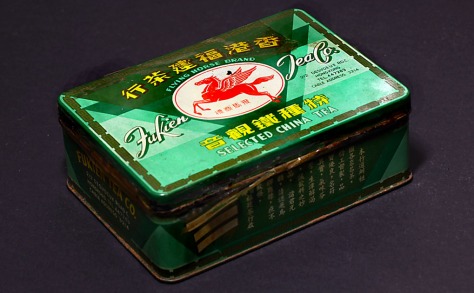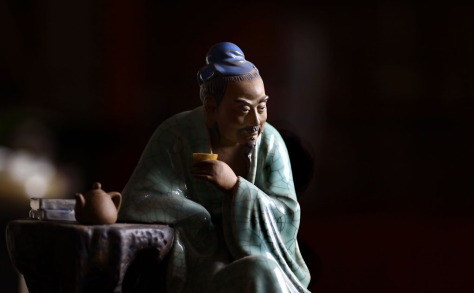I am traveling now to catch up with my overseas tea friends and as usual, we are drinking tea very frequently everyday.
In the middle of a tea session, a tea friend asked me what is the real essence of enjoying tea.
I paused and thought for a while.
Well, it is about capturing the ethereal Qi of the tea….
…by calming of our spirit, putting aside all our thoughts and emptying our mind…
…subtly approaching the tea with gentle manners…
…brewing and listening to the tea…
…with heighten sense of awareness…
…capturing the ethereal Qi of the tea …
…quietly smile with fond memories…
Then, my wandering mind drifted back into reality, with a smile reminiscing the wonderful thoughts.








You must be logged in to post a comment.